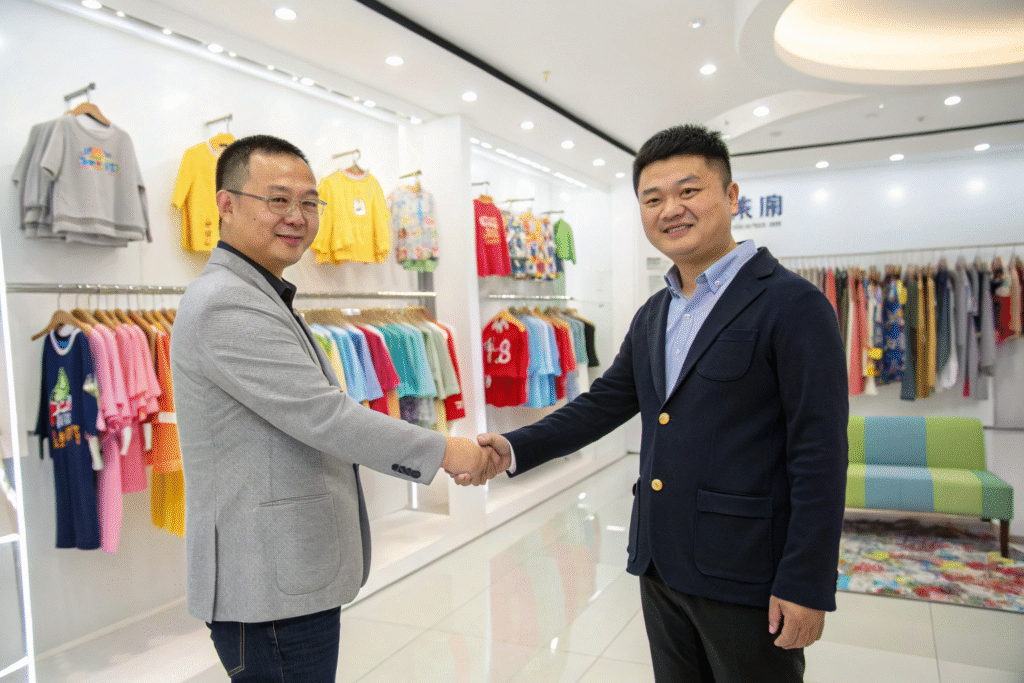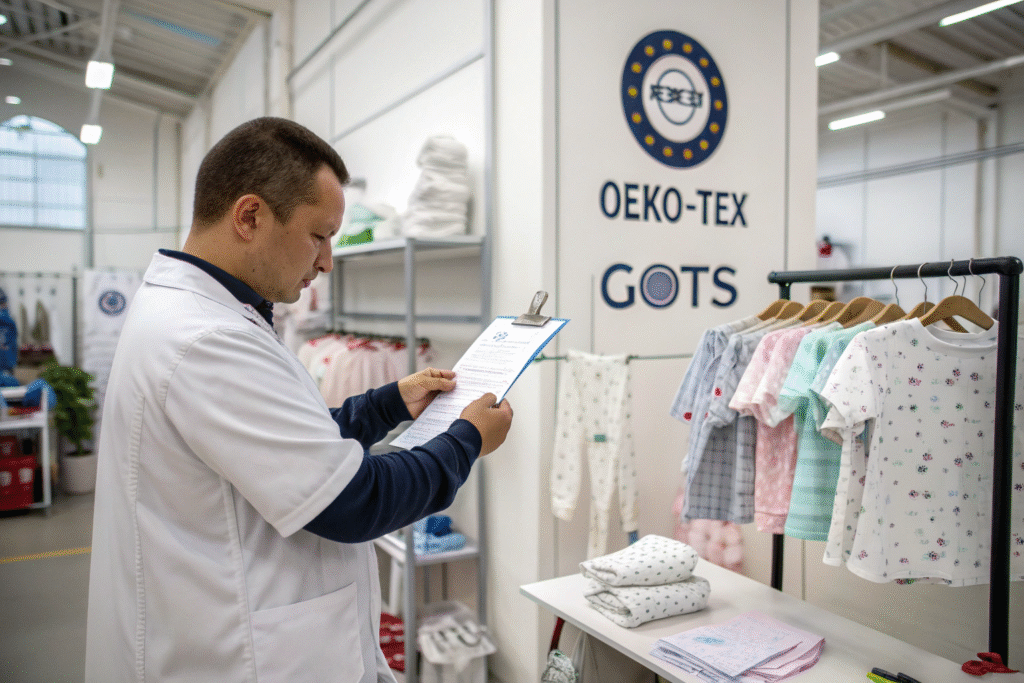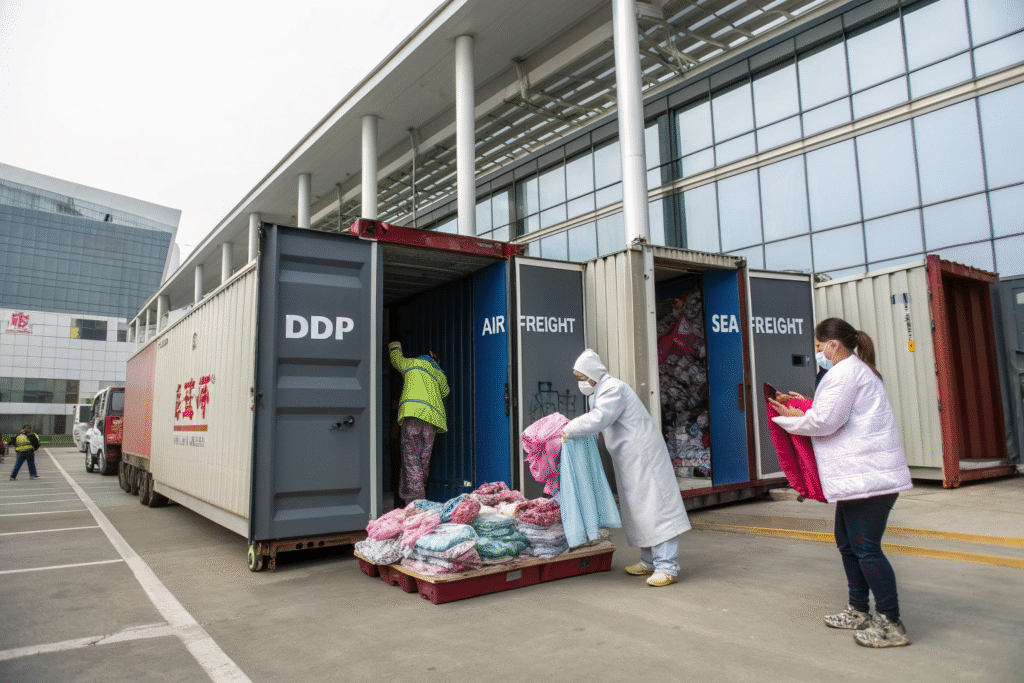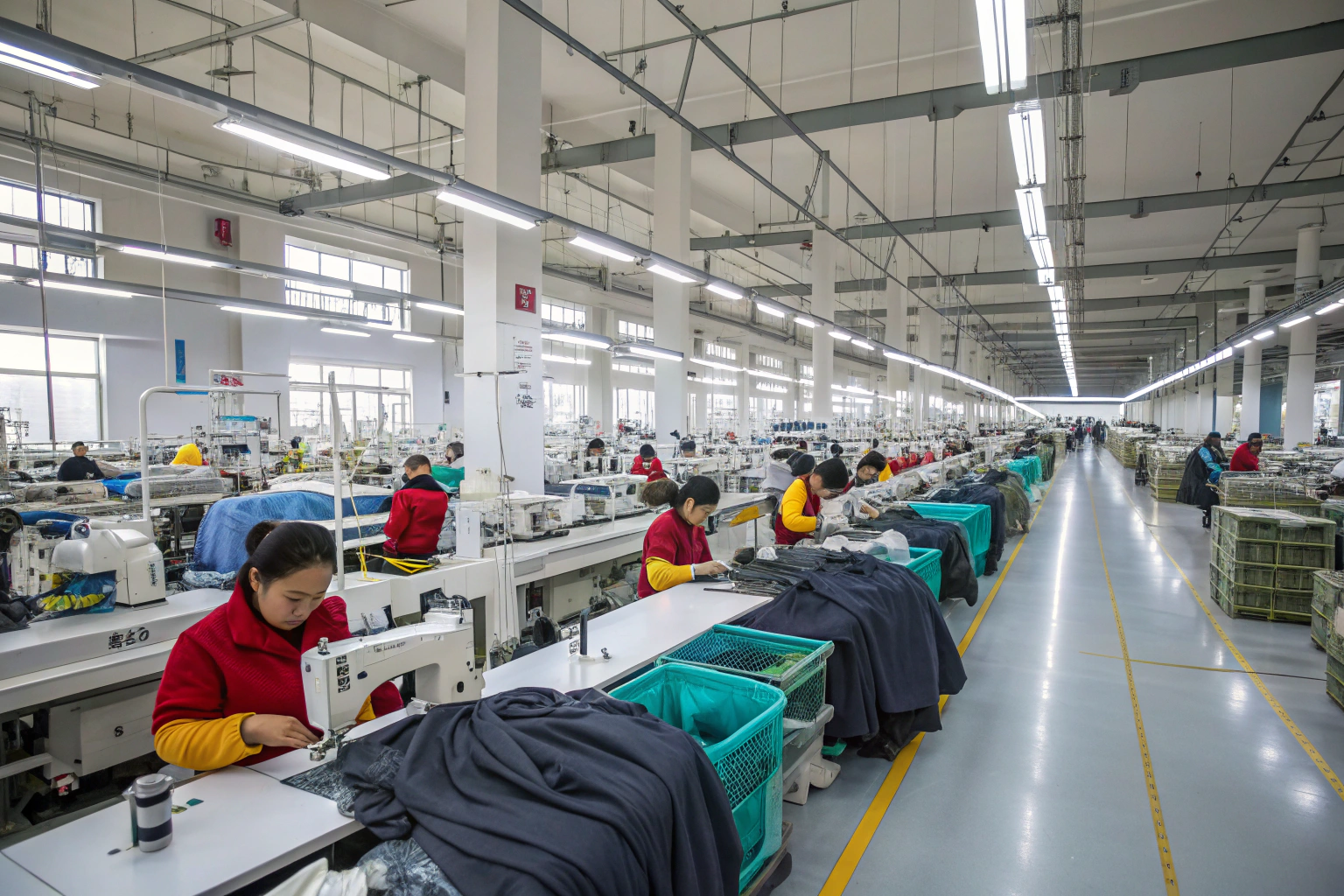Importing kids garments from China is one of the most profitable ways to scale your fashion business. Yet, many new importers are overwhelmed by the complexity: too many suppliers, unclear regulations, and shipping confusion. If you want quality, safety, and reliability—without delays or extra costs—you need a structured strategy.
The best way to import children’s clothing from China is to work with verified manufacturers, understand safety compliance (CPSIA, OEKO-TEX, EN14682), and use DDP shipping for smooth customs clearance.
Whether you’re launching a new babywear brand or restocking a kids boutique, this guide gives you a reliable roadmap for importing successfully.
How to find reliable kidswear suppliers in China?
Choosing the right supplier is the most important step. You want a manufacturer that not only produces high-quality kids garments, but also understands export compliance and timely delivery.

What platforms can help you find trusted suppliers?
Alibaba and GlobalSources are common starting points. But exhibitions like CHIC Shanghai and Canton Fair provide face-to-face interactions. Use B2B directories with factory filters, and prioritize Gold Suppliers or those with audit reports. You can also try niche platforms like HKTDC that focus on vetted manufacturers.
How do you verify if a factory is trustworthy?
Ask for their business license, export history, and certifications (OEKO-TEX, GOTS). Use third-party auditors like QIMA or SGS for factory assessments. Request live video tours of the factory floor if you can’t travel.
What certifications are needed for importing children’s garments?
Children’s clothing must meet strict safety standards due to skin sensitivity, choking hazards, and chemical exposure. As an importer, you’re legally responsible for ensuring compliance.

Which certifications are essential?
For the US market, CPSIA (Consumer Product Safety Improvement Act) regulates lead levels, flammability, and labeling. In Europe, EN14682 limits cords and drawstrings on kids garments. Textile safety should also follow OEKO-TEX Standard 100 and GOTS if using organic cotton. See CPSC guide and OEKO-TEX site for full compliance requirements.
How do you ensure your supplier meets these?
Request lab test reports from Intertek or Bureau Veritas. Add compliance checks to your purchase contract. Insist on child-safe trims (no small buttons or loose cords). Run periodic third-party tests.
What are the best shipping methods for kidswear imports?
Shipping is not just about cost—it affects delivery timelines and customs. Kidswear is light, but if you import in volume, you’ll need to optimize freight.

What is the safest and easiest shipping option?
Use DDP (Delivered Duty Paid) terms, where your Chinese supplier or freight agent handles all shipping, customs, and taxes until the goods arrive at your door. DDP avoids customs headaches and surprise duties. You can get quotes from Flexport or Freightos.
For fast delivery, small batch imports can go by air. Larger volumes (over 2 CBM) should use sea freight with consolidated containers (LCL or FCL).
How can you track your shipment?
Use platforms like Shippo or Easyship for live tracking. Make sure your supplier shares the airway bill (AWB) or bill of lading (B/L) once cargo ships. Consider insurance for higher-value babywear shipments.
How do you avoid common importing mistakes?
Even experienced importers can make costly mistakes—missing certifications, using the wrong Incoterms, or failing to inspect goods before shipping.

What’s the most common beginner error?
Not defining clear product specs. Many factories will follow your order sheet exactly—if you forget to mention label placement or seam type, expect surprises. Always create a tech pack or use your own sample as a benchmark. Include packaging, hangtag, and barcode info.
How can you minimize risks with new suppliers?
Start with a trial order and conduct a pre-shipment inspection via AsiaInspection (QIMA). Use 30/70 payment terms (30% deposit, 70% after inspection). Sign a purchase contract that specifies lead times, penalties for delays, and inspection requirements. Tools like PandaDoc can help manage agreements.
Conclusion
Importing kids garments from China can give your business massive cost advantages and product variety—if you do it right. Start by choosing certified, export-ready suppliers. Understand product safety requirements. Choose DDP shipping if you’re unfamiliar with customs. And most importantly, always inspect your goods before final payment.
With careful planning, importing children’s clothes from China can become one of the most profitable parts of your supply chain.










